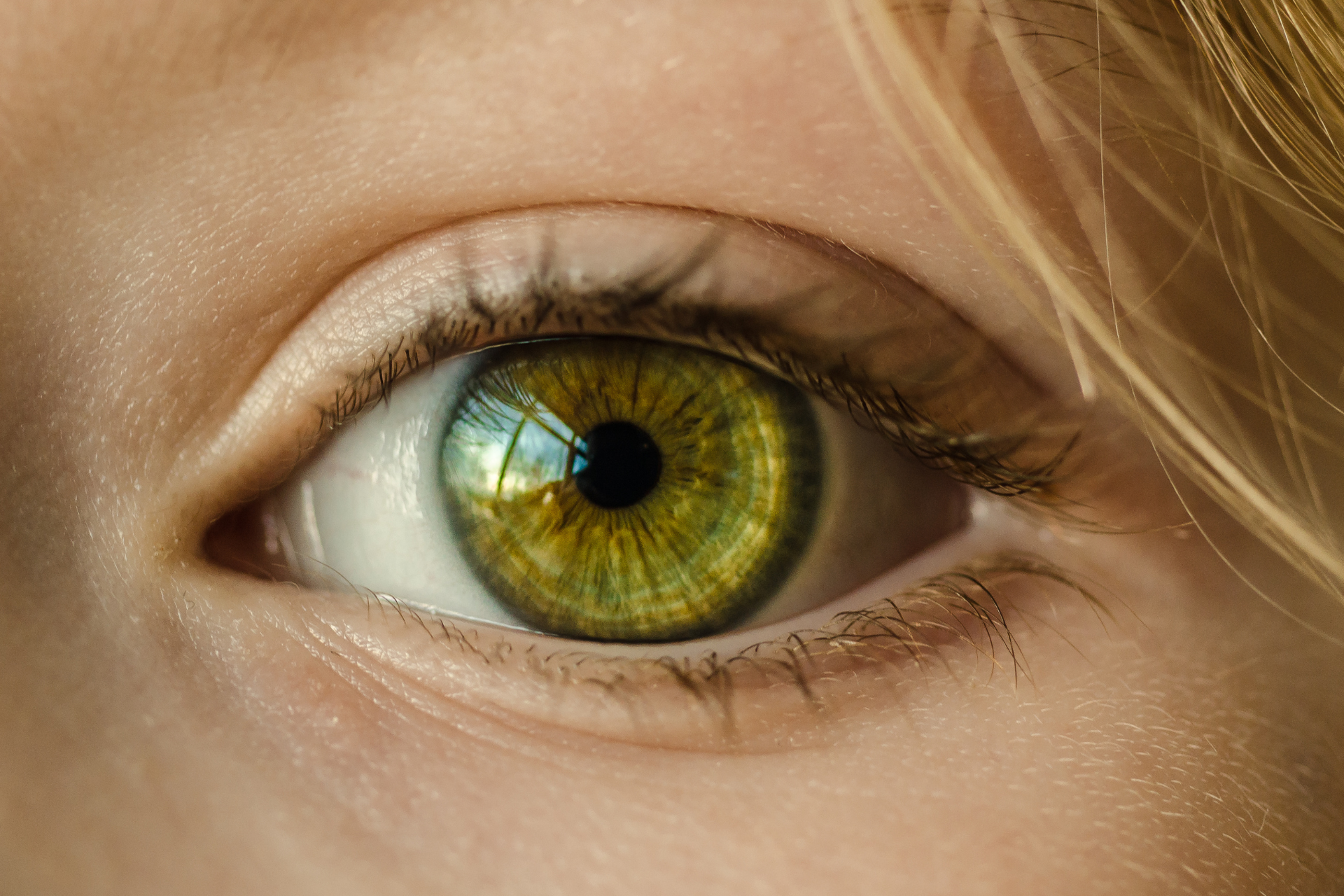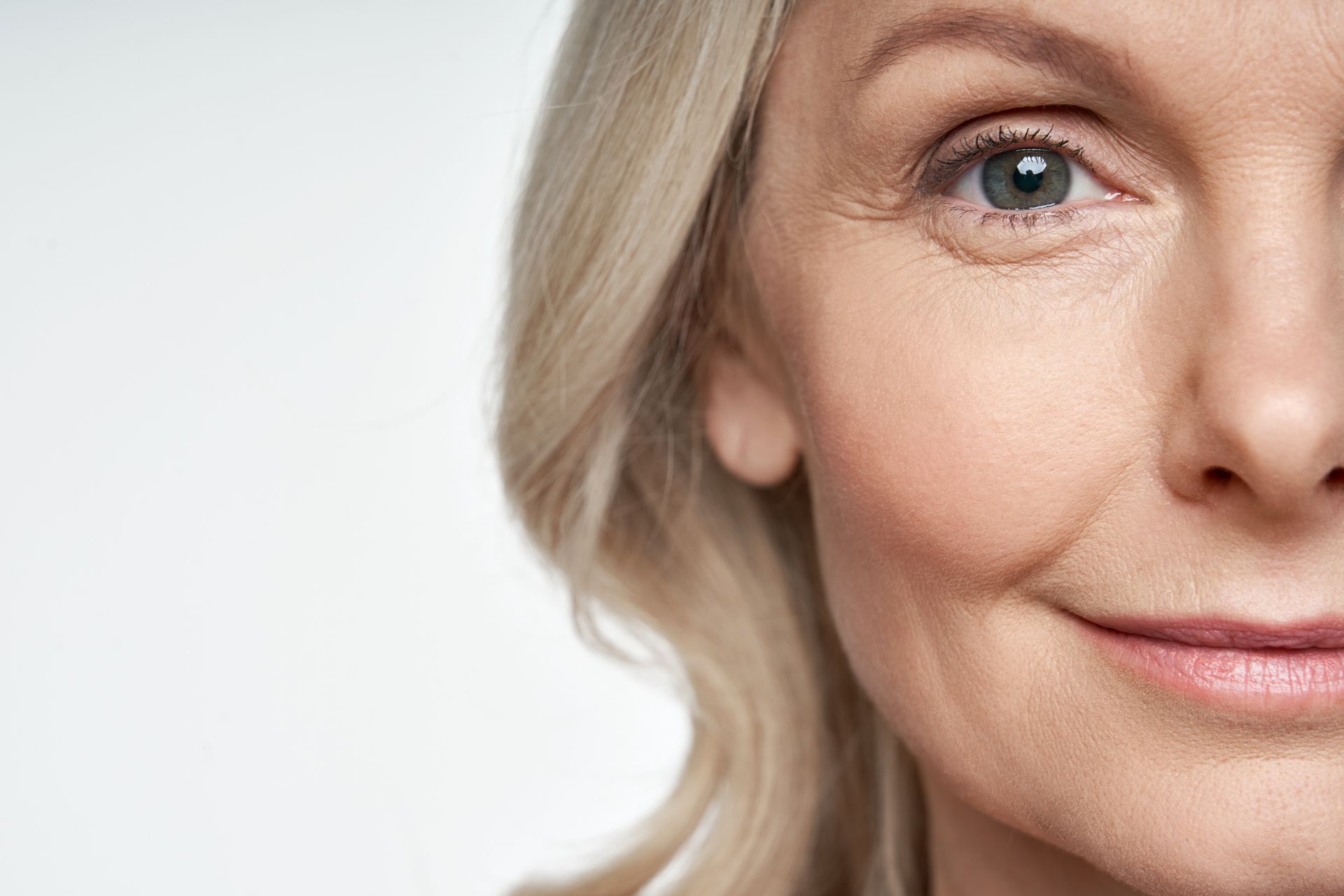COMMENTARY: For Those Who Will Not See
It is estimated that about 15 million Americans are legally blind, or 5% of our population. I hope you will help enlighten our community and your readers of the difficulties people with vision disorders face in a world made for those who can see.
December 12, 2011
Dear Editor,
I called a local Bentonville restaurant one Friday afternoon and asked to reserve two seats at the bar. It is the only area in that restaurant that can accommodate a blind person – the light is decent, not great, just OK. They said no; they didn’t reserve specific tables. I asked if they’d reconsider since my friend has a vision problems. “I’m over fifty and wear glasses so I understand,” was the response. She didn’t understand. This man uses a white cane, I explained. They reluctantly agreed.
The word “blind” does not necessarily mean “no” vision. There is a misconception that either you can see or you can’t. There are infinite variations and levels and patterns of sight, or a person’s ability to see. Legally blind is defined as having a visual acuity of 20/200 (what a person with good vision sees at 200 feet, the legally blind person sees at 20 feet.) They can still see, they just don’t see well enough to drive or read for instance. And then there are those whose vision is much worse.
So what do visually challenged people see in their visual field? Some have tunnel vision as in cases of Retinitis Pigmentosa, or have lost central vision to Macular Degeneration. Others have patches of decent vision mixed with blind spots, and others have generally low vision with no blind spots. Some have good vision for reading but can see nothing at a distance, as with myopia. The variations are infinite.
One thing they do have in common; like the rest of us, they are consumers, and they wish to partake in all the activities available to the general population; their interests being as varied as those of you and I. They like to eat in restaurants, go to museums and concerts, and shop at malls. They are consumers, consuming everything from art and music to food and clothing.
I find that in almost all the restaurants I go to for dinner the lights are annoyingly dim, and my vision is good. I don’t turn the lights down in my dining room at home; why would I want them low in a restaurant? I work with low vision patients and listen as they talk about these issues. Across the board, everybody, those with good sight and bad, all express an irritation at the fact that so many eating establishments are too dark to enjoy the meal. If you ask them to turn up the lights, many will offer flashlights. If flashlights are necessary to read the menu, then the lights are too low for anyone. And what about seeing your food? Isn’t that important? What are these restaurants trying to hide? Not all restaurants are badly lit. The Olive Garden goes out of its way to help. They not only have great lighting at every table, they offer menus in Braille and large print. Perhaps someone in the corporate office has a family member with poor sight.
According to the Braille Institute every 7 minutes someone in the United States loses his or her sight; 21% of persons over the age of 65 report visual impairment (7.3 million.) About 82 percent of all people who are visually impaired are age 50 or older, meaning, most don’t read Braille. Furthermore, most don’t use white canes or have guide dogs, so they are generally not noticed or tagged as disabled, unlike those in wheelchairs. The Americans with Disabilities Act of 1990 (ADA) recommends little to businesses for accommodating the blind, and basically no requirements. Most of what the ADA requires for the visually impaired relates to employment.
One of the biggest nightmares for a blind person, I am told, is using a public restroom. Imagine being alone and having to feel around to find the toilets and urinals. Family restrooms, those single restrooms provided occasionally in stores and malls allows a mother to help her son or husband help a wife with one of the most basic human functions (very few airports offer these – XNA does, and so does Walmart and Sam’s club.) Two years ago when my blind friend and I went to the Clinton Museum, a beautiful structure in Little Rock, the bathrooms were dimly lit and decorated in a monochromatic gray, very modern, but terrible for the visually impaired. I had to find a security guard to help him. All white is just as bad. Blind people need contrast, making it possible to distinguish between fixtures, walls and floors, not to mention the exit. Why not paint the doorframe a different color, and the walls anything but white or gray?
Going up and down stairs is difficult enough for the blind, especially when there are no handrails. Even worse, the handrail disappears before the end of the staircase. In the Sage Center, a Music Hall in Gateshead, England, the handrails are equipped with touch-sensitive raised dots that get smaller as you reach the end.
I remember when the ADA was being considered. There was public outcry at the expense necessary to comply with making the improvements to accommodate wheelchairs. An estimated 1.6 million Americans residing outside of institutions use wheelchairs according to data from the National Health Interview Survey on Disability. Compare this to the Braille Institute figure of 7.3 million visually impaired over the age of 65, (this does not include those under 65.) Retrofitting our world to accommodate this relatively large proportion of our population, the “blind,” does not have to be expensive; it requires no concrete or changes to structures, only a little paint, imagination and consideration.
When people lose vision late in life, there is little available to help them cope in a world designed for those with eyes to see. They rely on the consideration, compassion and assistance of others. Many become depressed and retreat into a dark, isolated world. Let’s invite them to join in all the activities that the rest of us enjoy.
LIZBETH RYAN IS AN ACUPUNCTURIST IN ROGERS WHO SPECIALIZES IN ACUPUNCTURE FOR THE VISUALLY CHALLENGED.






